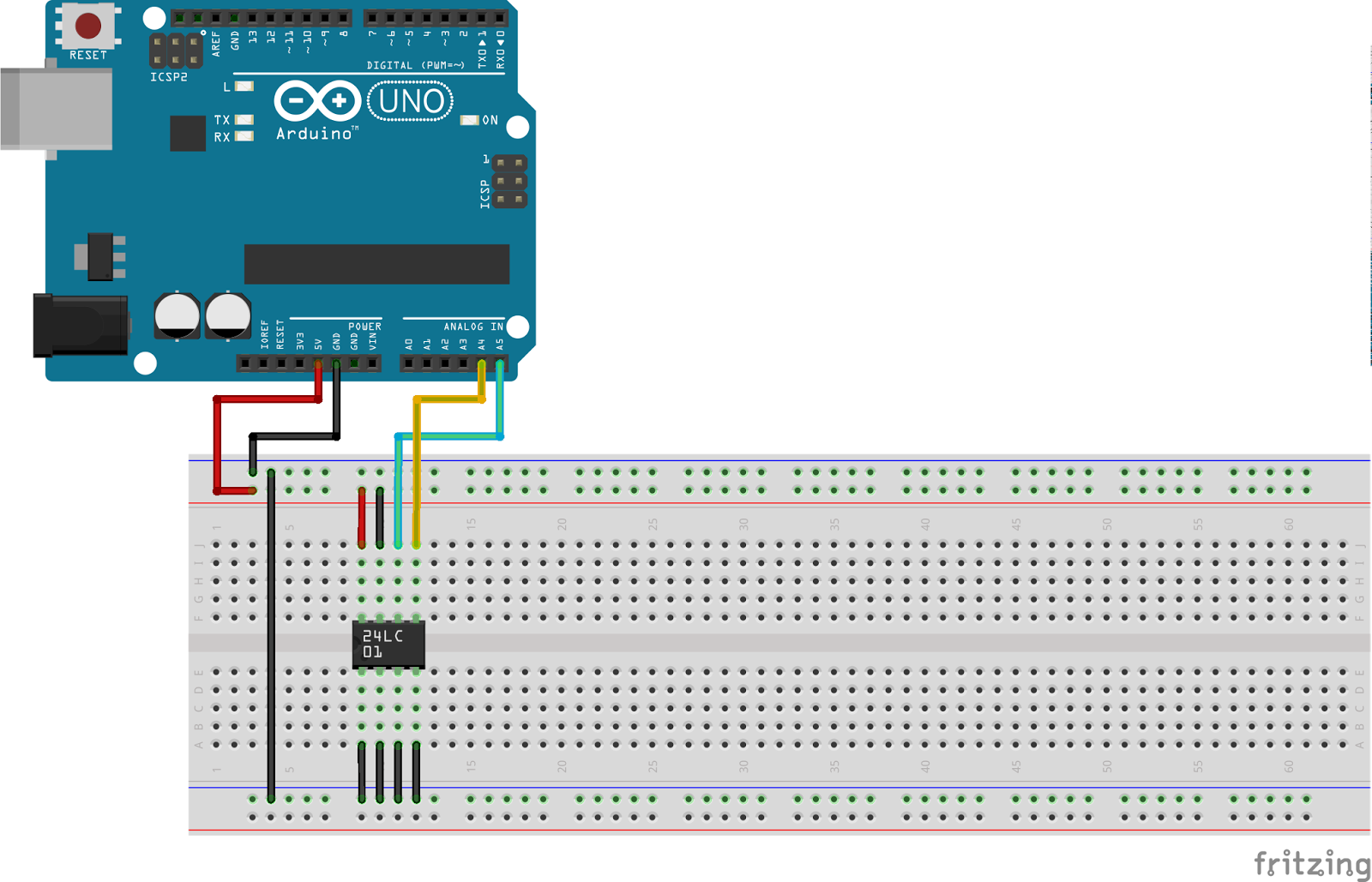| The terminal can operate between -40 °C and +85 °C |
- Dimensions: 85 x 70 x 33 mm. Weight: 140g.
- Acceptable power voltages are between 9 and 32V. It needs minimum 1.2 Ampere.
- Serial communication is made with a RS232 port. A USB-RS232 cable is handy when establishing a terminal connection between the terminal and a pc. RS232 is the D type serial port in the old motherboards.
- A low cost GSM antenna can be installed to increase signal reception.
- There is a SIM card slot that accepts large type card.
- There is a python interpreter (version 1.5.2) in the terminal, letting a custom python script run continuously.
After connecting the RS232 port with a USB port in the pc, there are a number of ways to communicate with the terminal.
If the java installation of the pc is current, then this online applet is the easiest connection method:
AT Command Tester (opens in new window).


